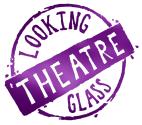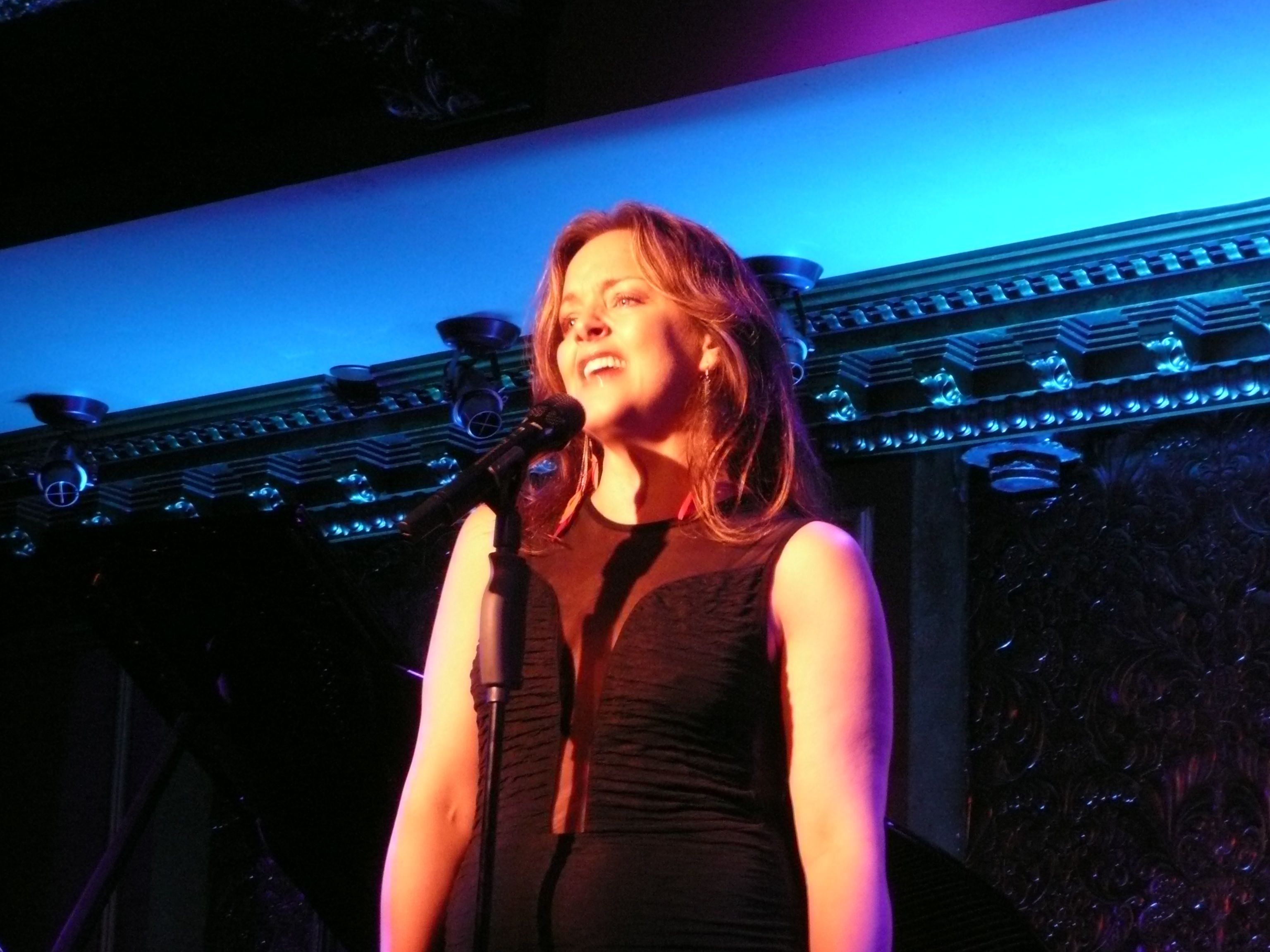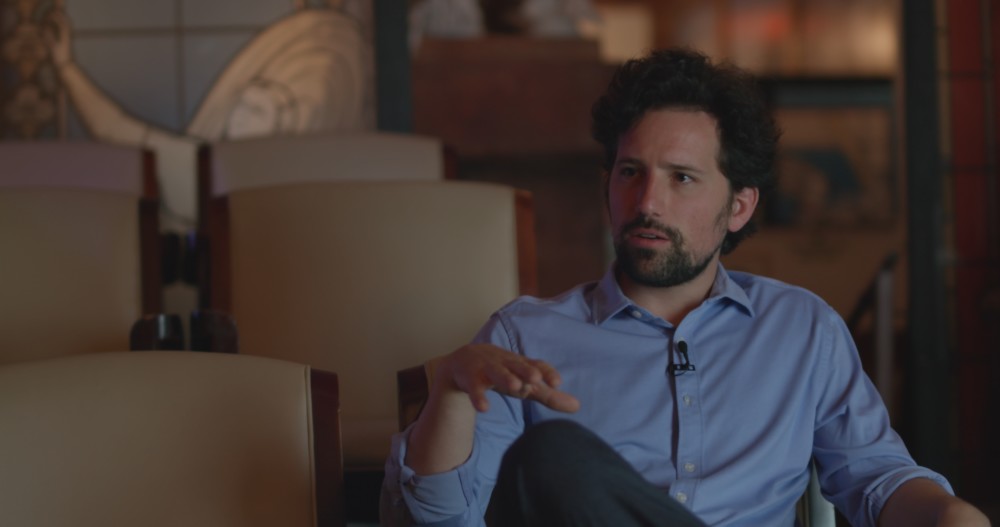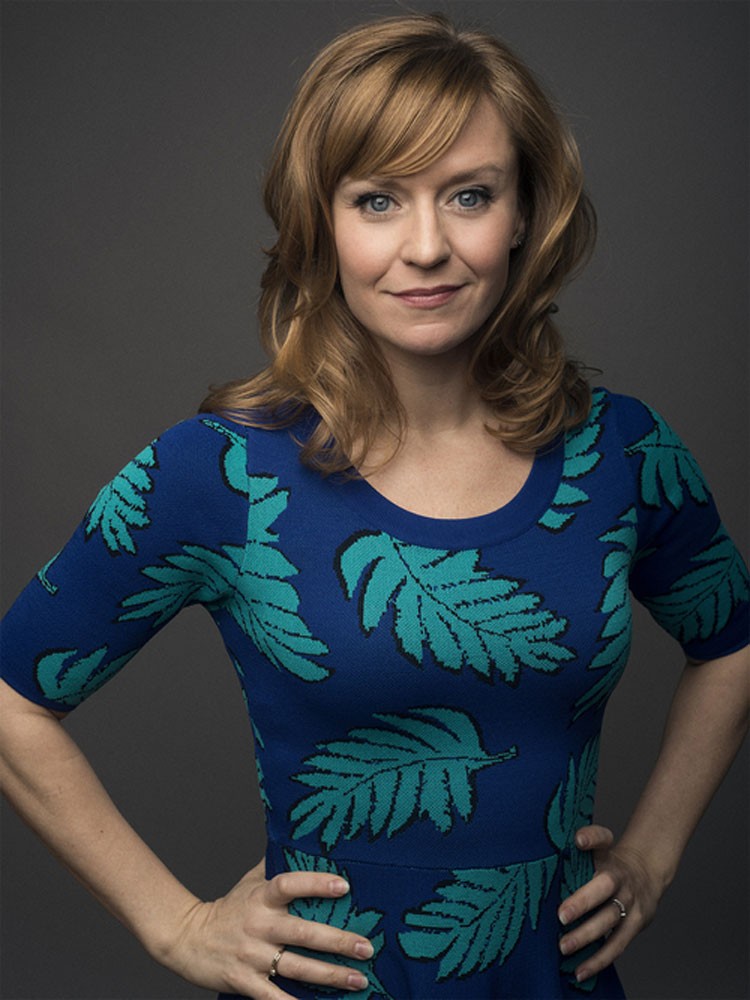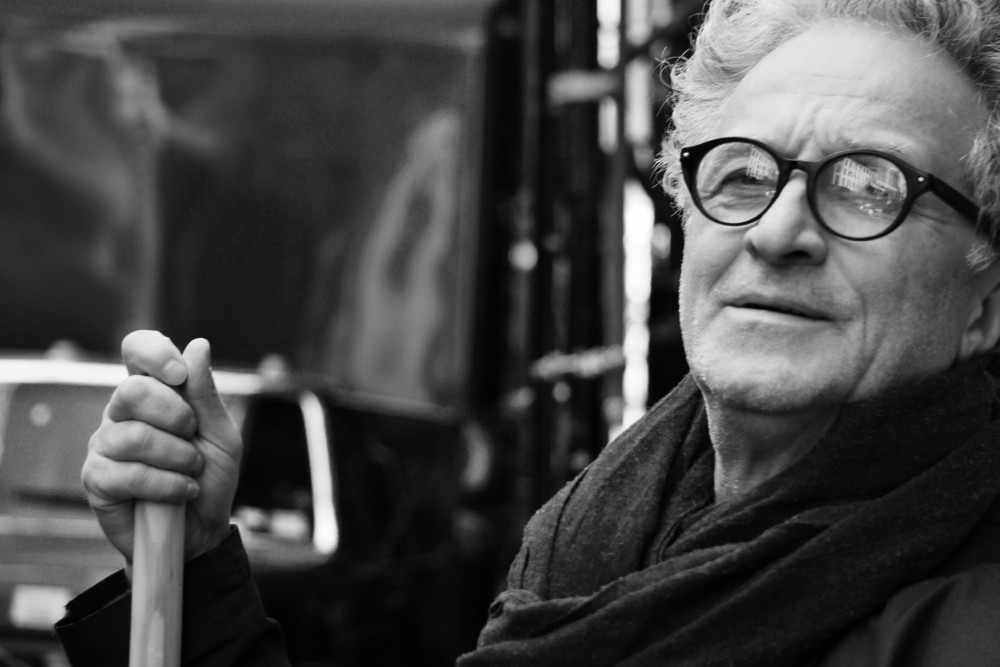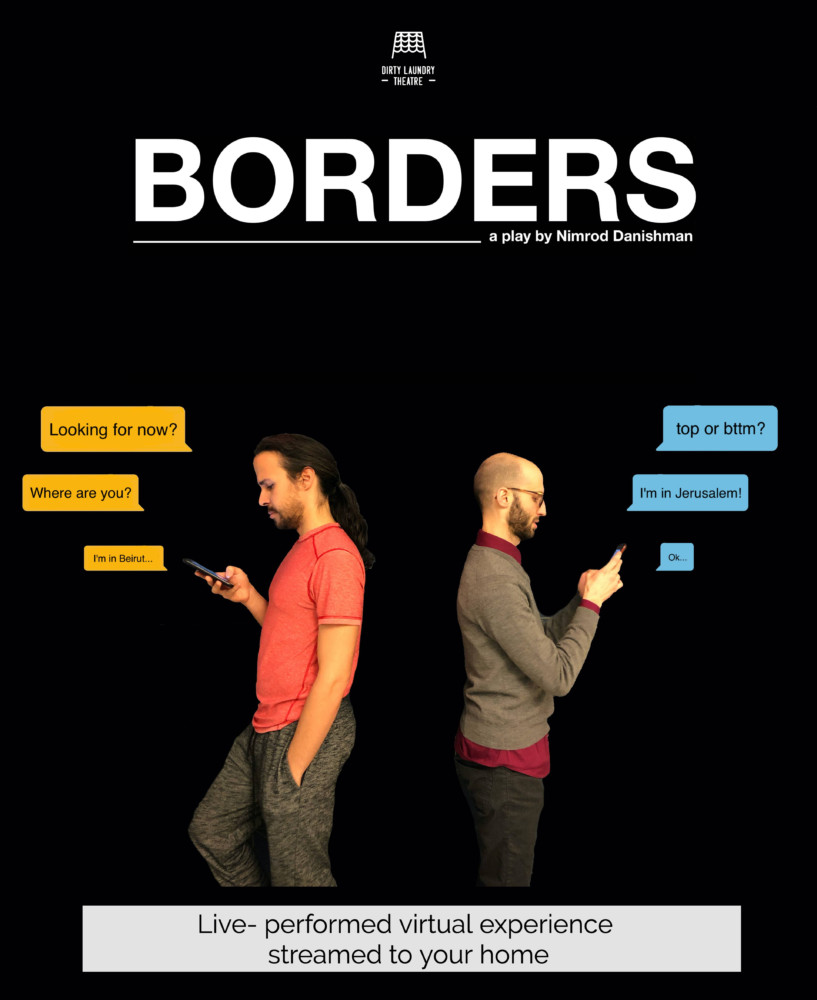
By Marcina Zaccaria
With virtual performances now so readily available on YouTube or thru Zoom, artists and audiences alike are considering the feeling that we are missing when the stage is replaced by the screen. How are we embracing technology to experiment with new formats for theatrical presentations?
TheaterPizzazz.com‘s Marcina Zaccaria posed four questions to Directors of Outreach, Directors, and Artistic Directors:
#1 – What’s it like having audiences tune in from their living room?
#2 – Do you wish for better technology?
#3 – Do you have any Summer plans for virtual performances?
#4 – What impact do you think this digital revolution will have on theater in the future?
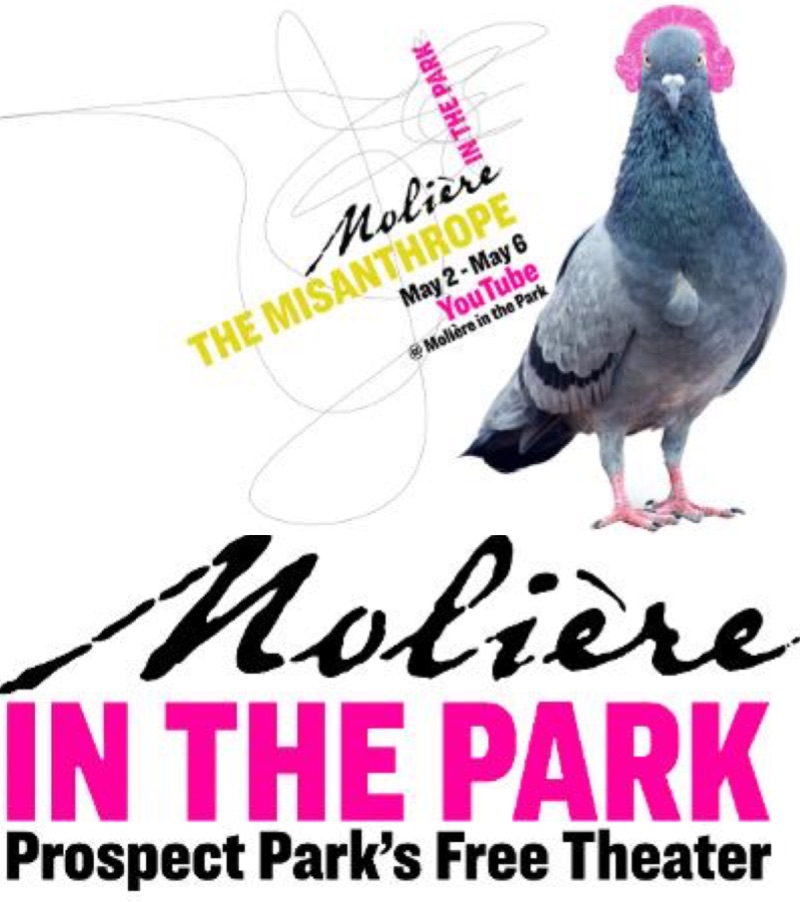
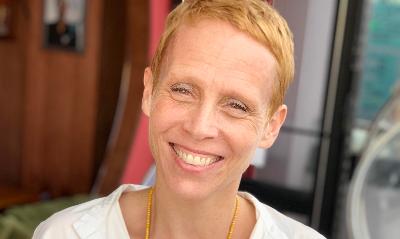
Lucie Tiberghien
Molière in the Park’s Artistic Director Lucie Tiberghien, speaking bout The Misanthrope, streaming on You Tube, available from May 2 until May 6.
#1 – This will be our first live performance online.
#2 – Yes. But we are delighted to work with Andrew Carluccio, our Video and Tech Designer, who has developed a software that allows us to do all sorts of live editing, mapping and compositing as we go. We will be able to control aspects of Zoom that one wouldn’t otherwise be able to control. So we’re looking forward to seeing how it all works out. It’s an experiment.
#3 – We are not sure yet but exploring various possibilities.
#4 – It’s a great question. I always wanted to make a film of The Misanthrope, so it’s strange to be forced to think about how to make the play work on Zoom, and with the help of Andrew’s extra software. I guess it puts us right at the junction between theater and film.
This show will never replace the live experience. We are sad not to be in the Park, outdoors, at the beautiful LeFrak Center at Lakeside. And we will miss feeling the audience, hearing them play the vital part every audience member plays at the theater. But I’m grateful to be exploring ways to make this play sing in this new format, and I’m certain things will be learned that we can then bring into our work on the actual production. And I look forward to hearing from our audience. I’ll be very curious to hear what the experience was like for them. That will teach us a lot.

Maera Hagage
Maera Hagage at Dirty Laundry Theater, in coordination with Associate Artistic Director Avigail Bryger and Ron Orlovsky, BORDERS Assistant Director and DLT Director of Outreach.
#1 – I think the biggest difference is the communal feeling that you get in a theater setting; When you go to a show, you’re sharing the energy with the people around you. As an audience member, your fellow audience members’ energy can trigger a certain response in you, and you can also get a true sense of the actors’ energy; on the other end, also the actors can sense the audience reaction and actually feed off this energy and know if they’re present or distracted. It’s the kind magic that you can’t explain – it lives in the moment and will forever be gone after that specific night. And the performance will be different the following night.
In our virtual experience, we tried to re-create these moments of unique magic, the intimate actor – audience connection, by insisting the show remains LIVE completely. So each performance is a one-time moment to experience.
Another aspect of this ‘feeling’ is sensing the audience attention span; on this day and age many struggle to stay 100% involved when not in a perfect setting- you might check that actor’s IMDB on your phone, research that reference online, Shazam the song, etc. When one’s in the theatre, all these little habits are very much reduced; A theatre-goer has a full intention to leave the outside world at the entrance of the house, whereas in the comfort of their living room, one might be easily distracted with the day-to-day matters.
This gets me to the next interesting point – the excitement of the moment before, which is similar in regular shows and in our online version; the excited butterflies of anticipation you feel a few minutes before the lights go off, whether you’re in the audience or behind the curtain, is the same – because even though we can’t sense or feel them – it is a live performance and we know they are watching.
#2 – I think we made the most we can with what we had available; our original plan was not to create a virtual experience, but the world around us changed rapidly and we had to adjust with whatever resources we had handy, and as a small non-for-profit theatre, that’s not much. However, we are very privileged to have access to such technology, and our brilliant director Michael R. Piazza and his assistant Ron Orlovsky have truly created a high-quality virtual experience we’re very proud of.
The one thing I would change, if I had the funds, is find a better, faster and more reliable internet solution to support our livestream, a show from 3 different locations. For now, we pray to the internet gods before every run.
#3 – Well, it’s hard to tell. The stage is our home and we’re hoping to be back on stage with our real-life BORDERS show soon.
We miss the stage! The lights! The padding of the chairs!
However, the virtual show we’ve created is starting to have a life of its own, and definitely fits the social constraints we’re under at the moment. I’m a persistent optimistic, and I believe that challenges make us grow. I’m sure we’ll learn, optimize and develop according to what will end up happening.
#4 – I believe that live theater would stay very relevant to our lives, as nothing replaces the in-person experience and the magical intimacy of actors and audience sharing the same space, breathing the same air. We go to the theatre to connect with the art, in any shape and form that would apply to our own personal experience.
That said, in this day and age, technology not only gives us new and unique opportunities to do so, but also plays a big part in our modern folklore; our phones, social media, AI, you name it. The modern age brings with it modern problems; Ghosting, FOMO, less physical and more virtual connections. The theater must address those now-part-of-life experiences, and sometimes it’s calling to integrate the technology into it, as well. You can see more and more plays and theaters experimenting with these ideas.
When we started working on BORDERS for the stage, we were exploring various alleys of integrating technology on stage, but we came to realize that in this case, the beauty of this piece is the simplicity of a true connection between two souls – it’s just doing more justice to the story. We took a similar creative approach in the virtual medium. However, it completely changed the environment and the level of communication between the actors and with the audience as we adapted to the medium. But I won’t say more; you just gotta see it for yourself. 🙂
The second aspect of the digital revolution, which definitely comes to play during these times of pandemic, the reach. If done right and interesting enough, live theater could use technology to reach much wider audience than before, in much more affordable ways.
Today’s reality is that most of the performing arts are still considered a privilege, but in my mind, it shouldn’t be. Being able to bring theatre to underprivileged audiences, young, less familiar with this art form will open the door to a better education, better creativity and cross cultural communication on the global level.
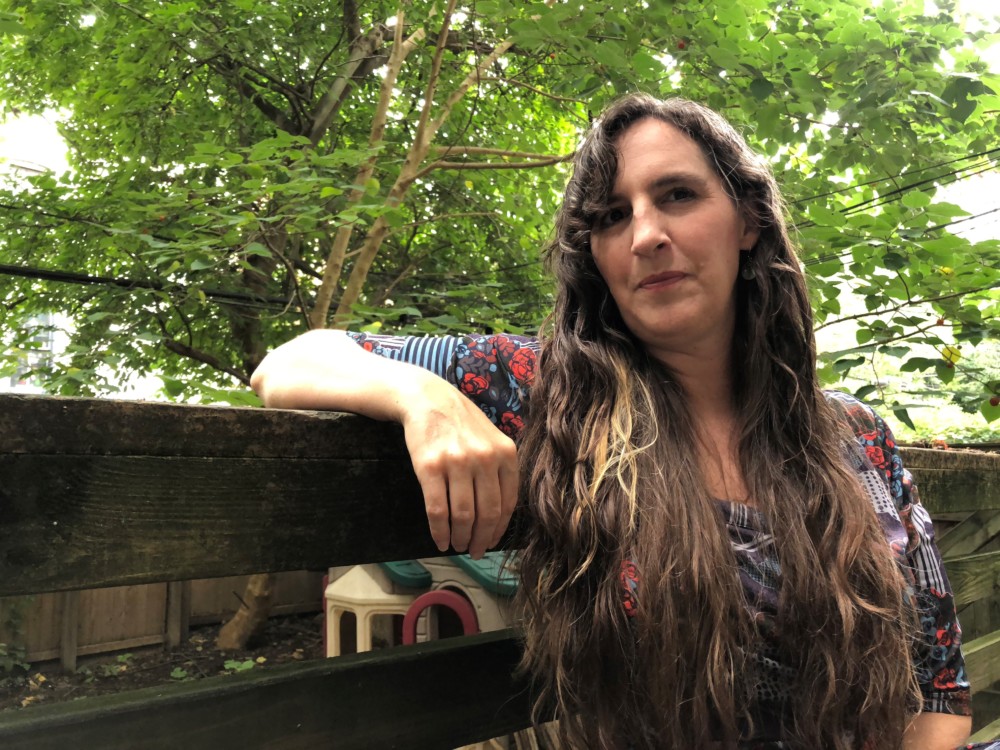
Justine Lambert
Justine Lambert, Looking Glass Theatre
#1 – Our experiments have been small and exploratory, so our audiences have mostly been generated by word of mouth. We are doing the current play again because the response to this production was so positive. People responded strongly to the sense of watching a fully rehearsed play. The actors have memorized and rehearsed their roles, and the plays are written for the platform. We received eager comments about how important it was that we give more people an opportunity to see it. We are especially excited by the fact that our audiences have come from all over the world. We’ve had audiences from the American South, California, and as far flung as Australia.
#2 – We have used the Zoom Conference meeting platform so far. We may move to others as inspiration strikes. Currently we feel that there is much to explore in this platform. We are all living our lives with little other way to communicate. Life’s dramas are, by necessity, taking place over email, phone calls, text and most easily theatricalized VIDEO CALLS. There is no other way to contact loved ones, bosses, family etc. So events must be played out on the screen. The possibilities are as endless as our lives are complex.
#3 Audiences seem both uniquely open and yet somewhat jaded by this experience. They want artists to take chances and find ways to connect with them, but are a bit worn out of staring at screens. We need to help with communication, which is something theatre people do best. We need to help our audiences to feel that they are a part of things even in this format. We’ve been having a post show discussion about the format and effectiveness of our choices after each show. This has been a very helpful and satisfying way to connect. I hope audiences will come to anticipate these online shows from all over the world as real ways to participate in a theatrical experience, since it’s unlikely that we’ll be able to gather in large groups that soon.
#4 – I doubt that theatre lovers will ever give up the joy of being in the same place physically, in the theater, with the performers. There is nothing that compares to the energy and depth conveyed by live humans. That said, there are new art forms, hybrids that may scratch a similar itch and join the pantheon of arts we consider worth our time as viewers of all things theatrical.
